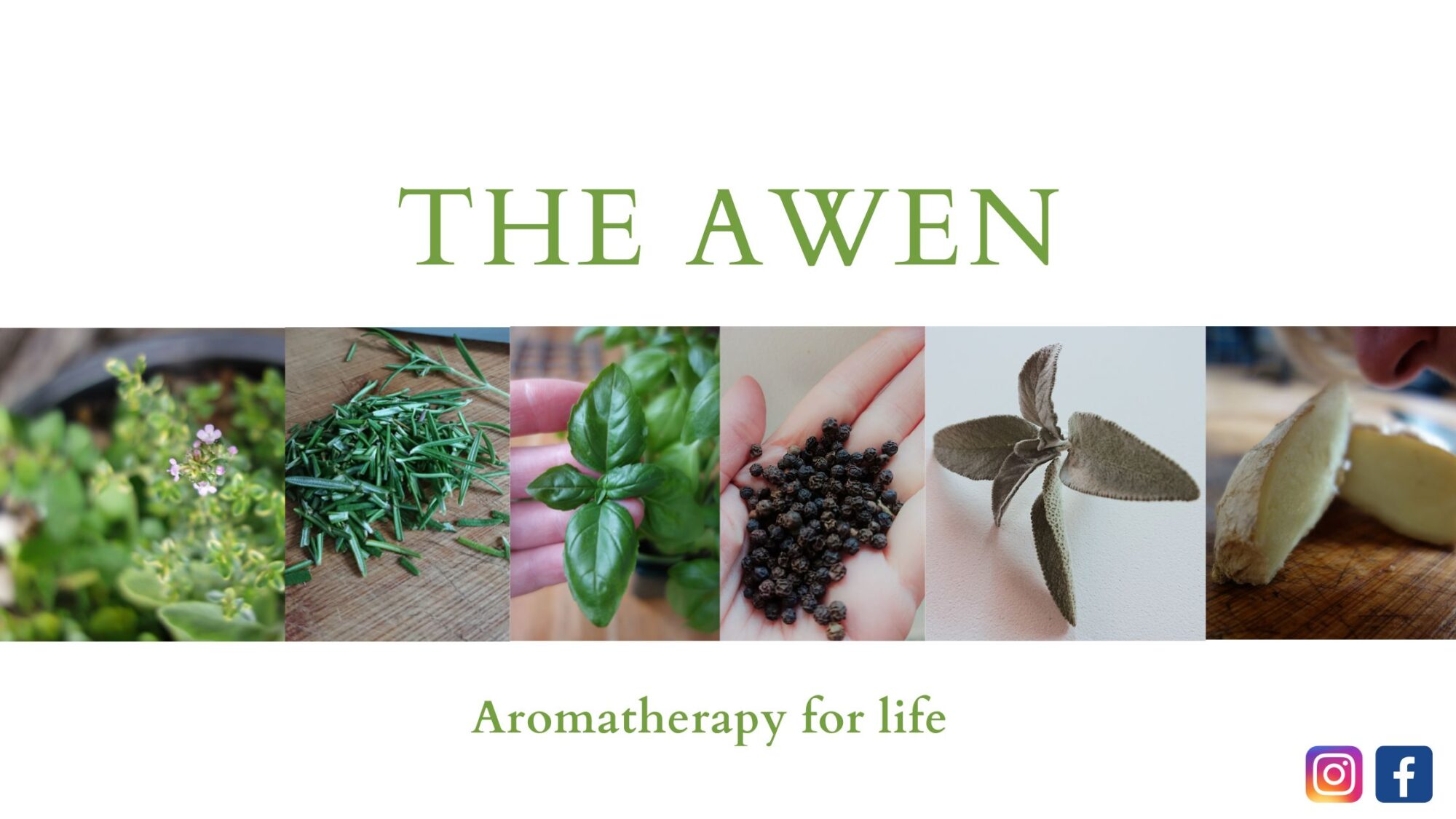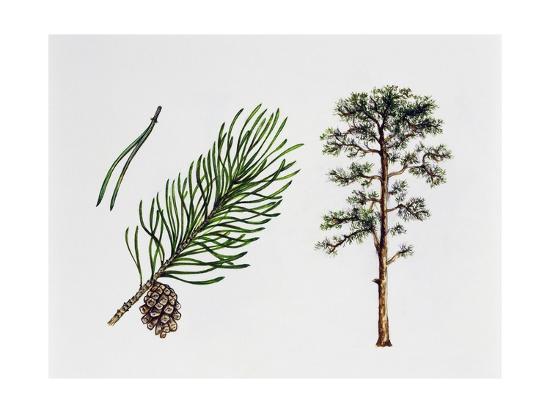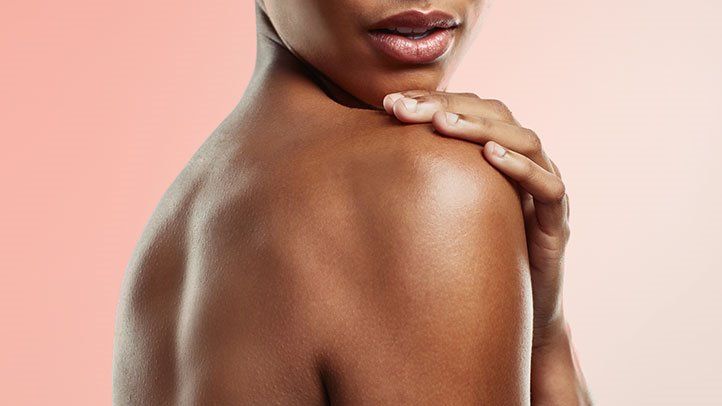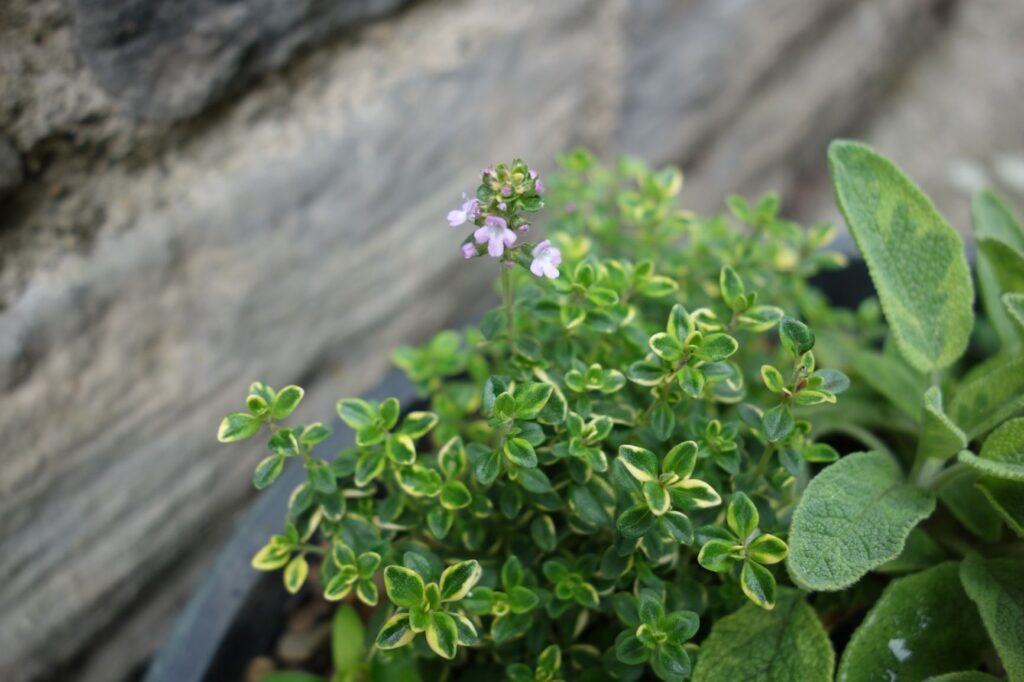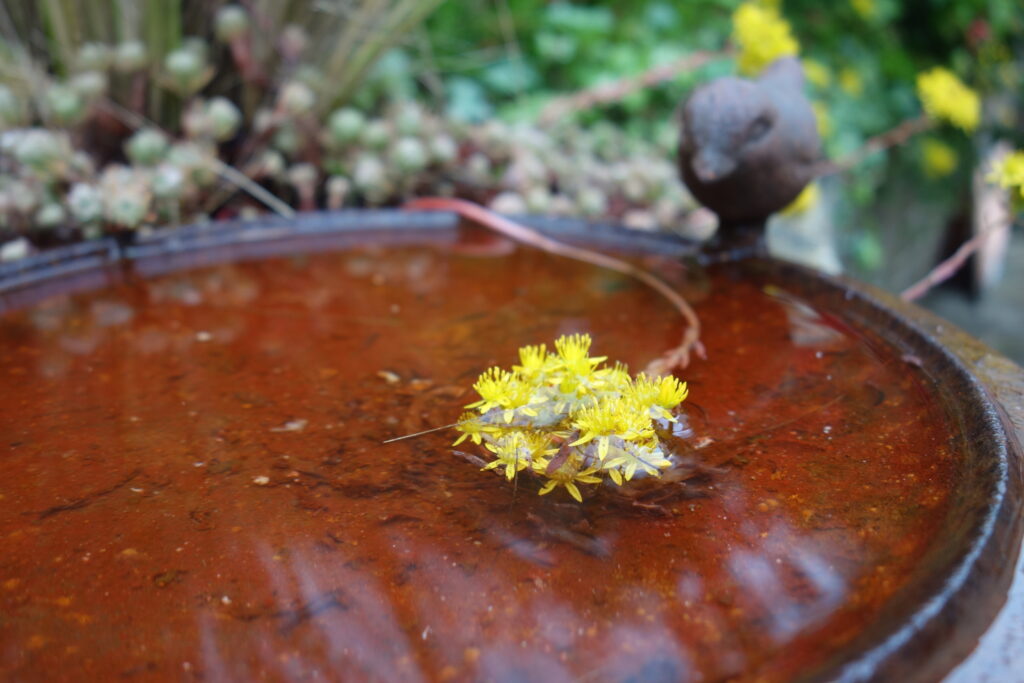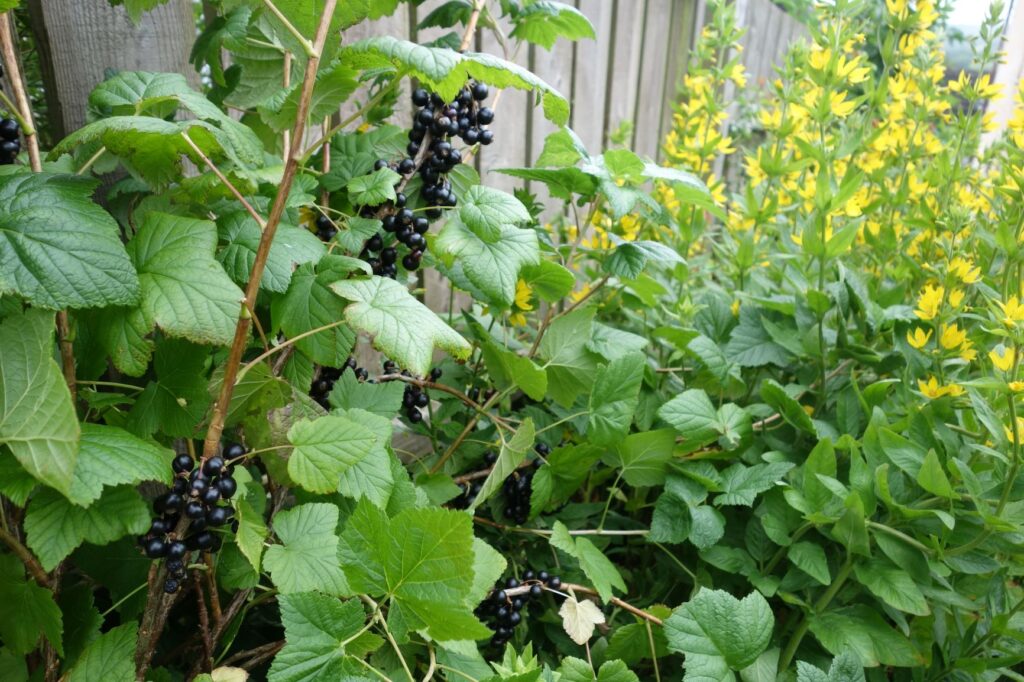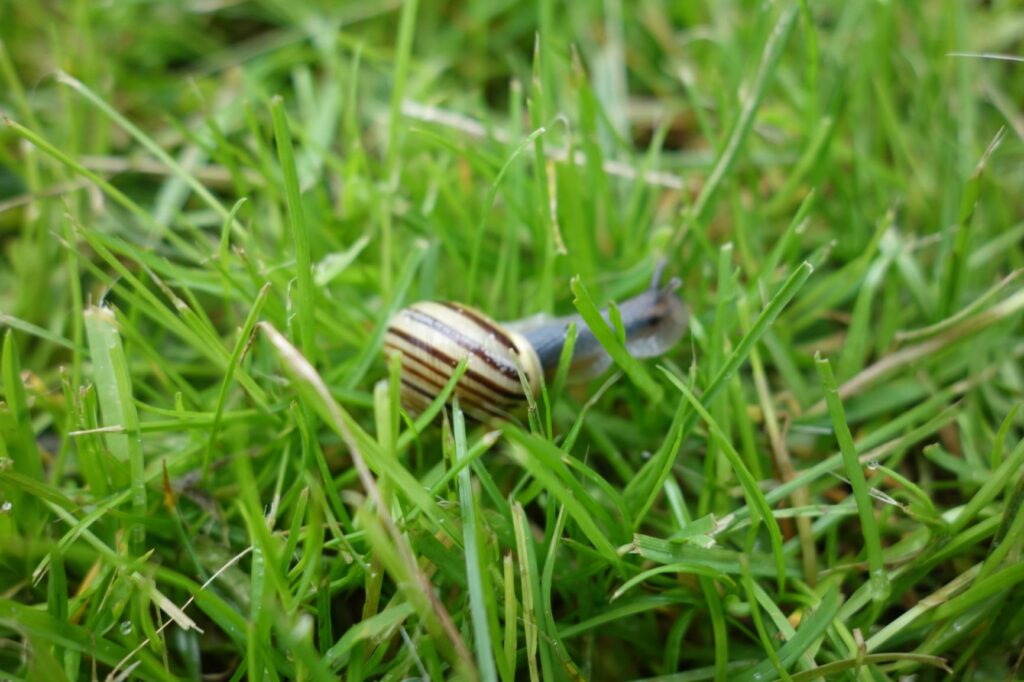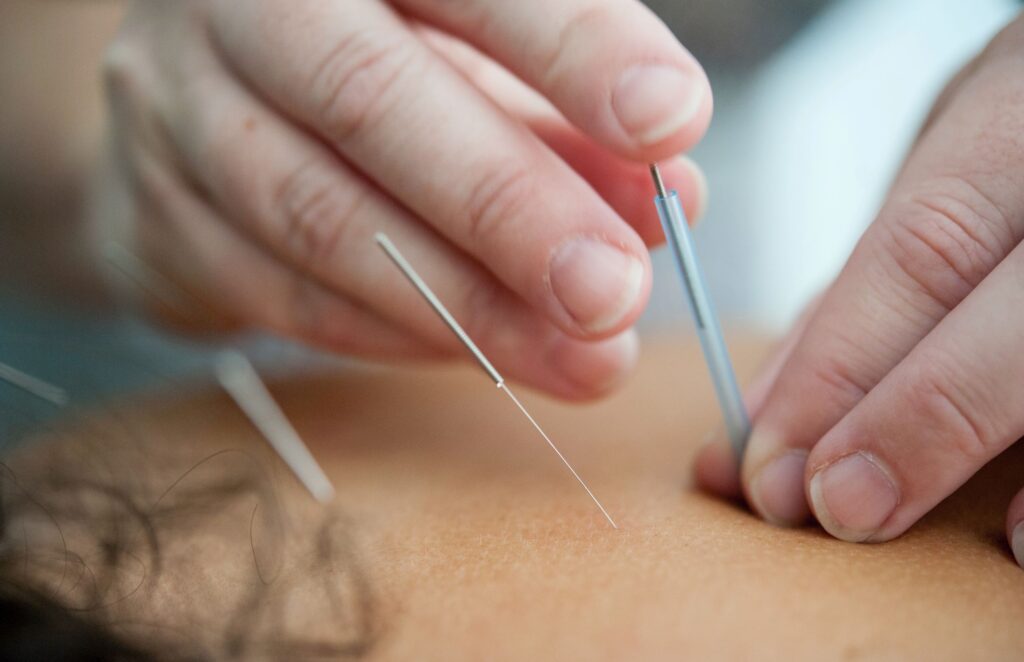
I teamed up with Helen McQue Acupuncture to write about how acupuncture and aromatherapy can help alleviate menstrual pain.
Helen is a gifted Acupuncturist with years of training who runs a busy clinic here in Richmond, North Yorkshire. In April I am hoping to be joining Helen’s practice to deliver aromatherapy to clients (all being well, Covid-fingers-crossed).
This is an exciting time as aromatherapy sits well within the principals of acupuncture and Traditional Chinese Medicine (TCM). Both acupuncture and aromatherapy are holistic therapies whereby we treat the body as a whole and each part of the body is integral to the whole. We see body systems as being connected – mind, body, spirit – as well as connected to nature, and how changes within nature are reflected in and on the body. This can be best understood right now during the winter months when we experience the cold and how this affects us both physically and mentally. Helen discusses this in her blog post in reference to keeping our kidney’s warm – a key feature of TCM.
Similarly, our practises focus on the power of self healing and prevention, and how maintaining balance in the body and mind can help prevent illnesses. TCM talks about this in terms of the yin-yang balance, and in aromatherapy we address balance by harnessing the healing power of chemicals within essential oils to help restore our balance. Helen discusses this in blog in relation to blood stasis and fluid within the body in understanding why and how we experience menstrual pain.
For my own part, I offer ideas for a blend of essential oils also focussing upon balance and warmth, offering different applications to help alleviate menstrual pain. My longer blog post about PMT symptoms and aromatherapy can be found here.
Click here to read the Helen’s blog post. Enjoy!
Any questions, do get in touch with myself or Helen. Helen’s clinic is open and appointments can be booked here or you can find/follow both me and Helen on Facebook, Instagram: @HelenMcQueAcupuncture @theawenaromatherapy for up to date information on acupuncture and aromatherapy. Helen is also on Pintrest.
If you do seek out Acupuncture or Aromatherapy, please make sure you do your homework and ensure that the therapist is trained, qualified and insured.
